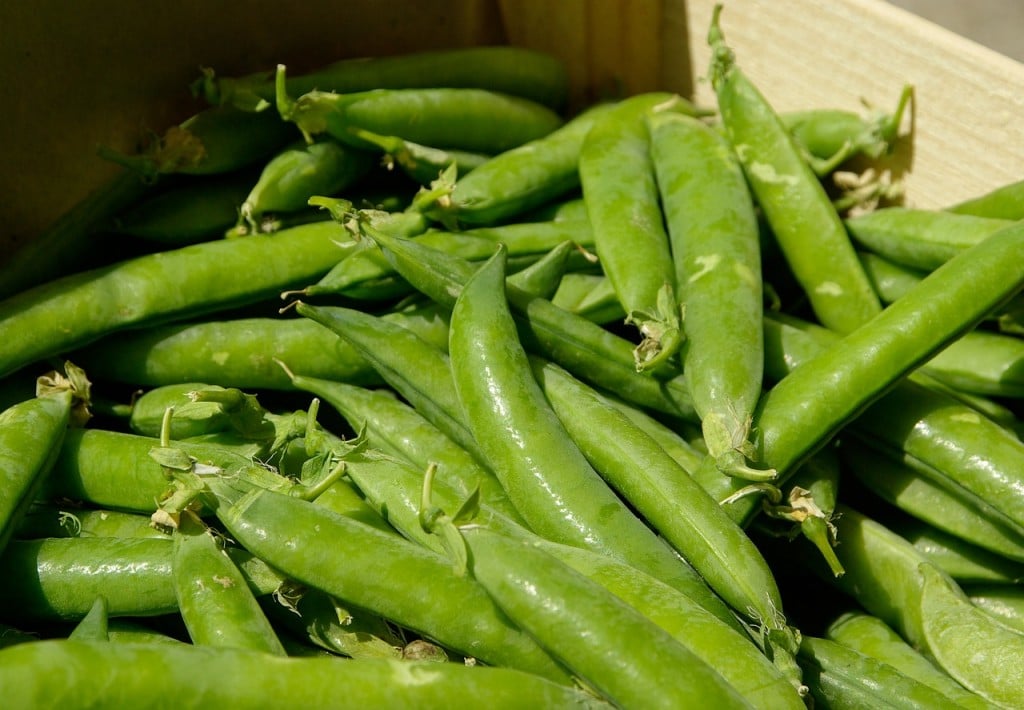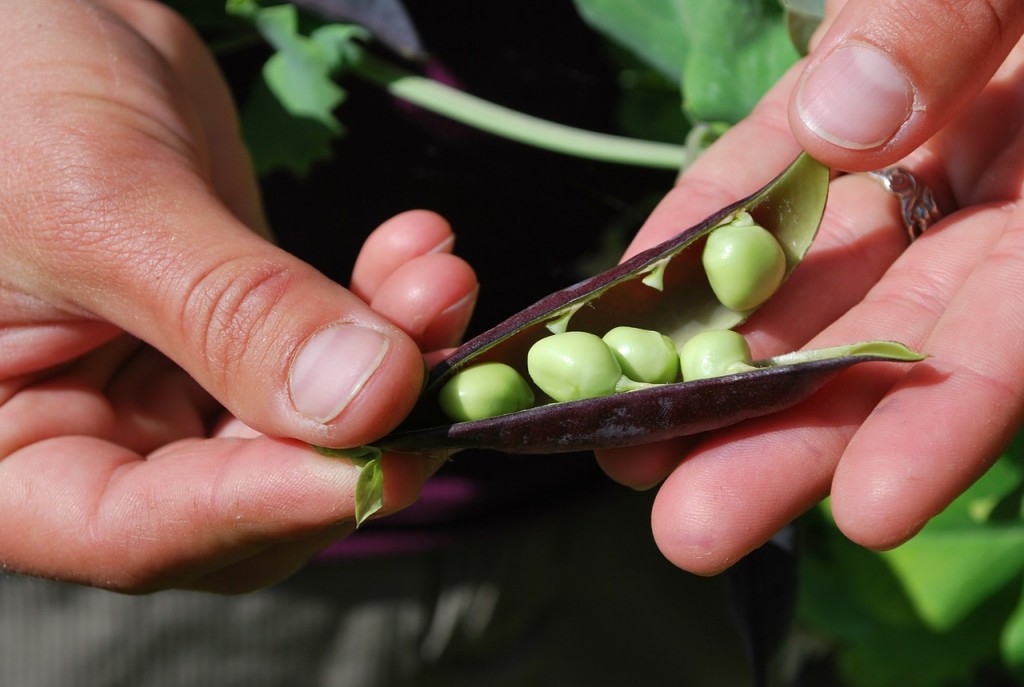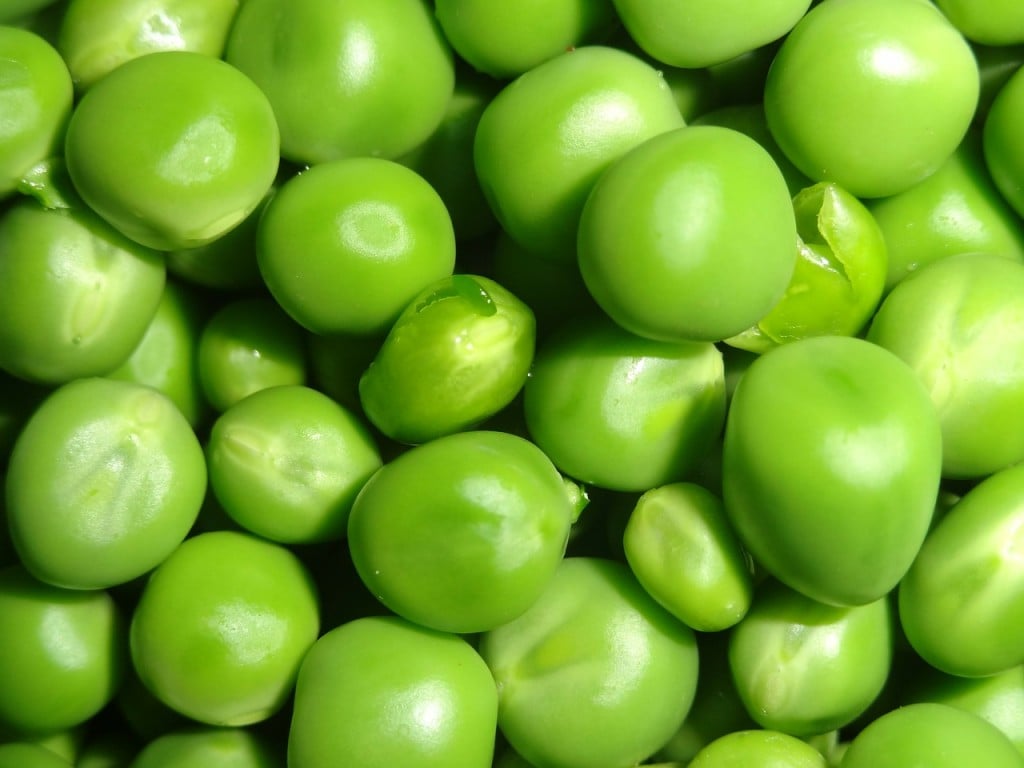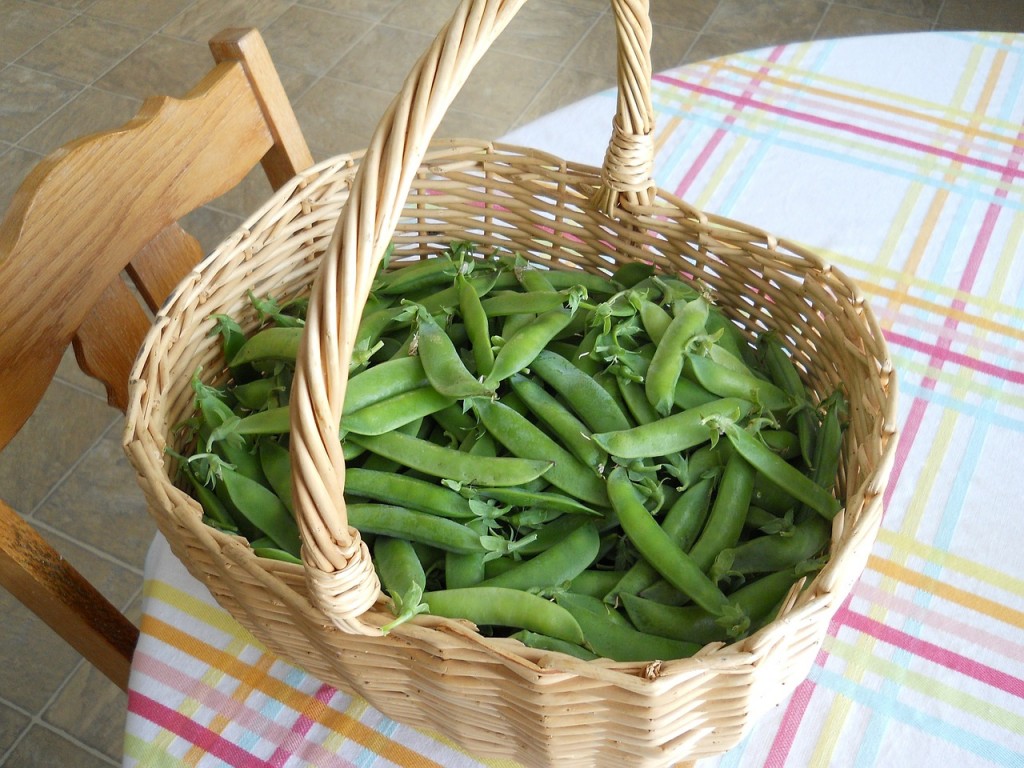
Sow some peas and enjoy them stripped straight from their pods
This is one crop that rarely makes it as far as the kitchen.
The taste of newly plucked peas slid straight from the pod on a warm summer‘s day is one of the highlights of the gardening year.
And peas are packed with nutrients and goodness especially when fresh.
Home-grown also have a superior taste that has to be experienced to be believed.
They are not only good for us but also good for other plants and the soil.
Peas are members of the legume family and they have nodules on their roots that contain special bacteria that extract nitrogen from the air and store it in these nodules for use by the plant.
The bacteria get sugars from the plant for their efforts.
After the crop has finished it is worthwhile to cut off and compost the tops but leave the roots in the ground and dig into the soil.
Get sowing
Peas can be sown now or in the autumn for overwintering as young plants.
They can be sown direct on the plot in milder areas. Sow seeds about 5cm (11?2-2in) apart in a single or double row and to a depth of 4cm (11?2in).
Cover with cloches to protect from severe weather, especially wind which can whip the young plants to shreds.
Autumn sowings can also be made in pots or deep cell trays or even pieces of guttering and grown on in a cold frame or greenhouse which does not need to be heated.
They can be planted out in early spring and you should expect an early harvest of peas from about June.
You can also wait until the new year and sow a veriety such as ‘Feltham First’ as early as January or February, again in pots under cover or wait a little longer and sow direct into the plot from March.

Overwintering in pots
Growth of overwintered seedlings is usually slow if the temperature is cool enough and the aim is to keep the plants just ticking over. Avoid overwatering and just keep the plants in as light a spot as possible.
Growing without a plot
Peas can be grown in containers especially the shorter varieties. They may still need some sticks to support them.
You could also grow the perfect container pea called ‘Half Pint‘.
It is so small you could plant five seeds in a 15cm (6in) diameter pot and still get a little harvest, at least a taster!
Its name is perfect for this little pea because it only grows to about 20-38cm (12- 15in) tall.
It dates back to the 1800s and is said to be very cold tolerant down to -6c (20F).
It‘s a good variety to grow in a cold frame or even in a pot on the windowsill.
Growing on
As soon as the peas start to get above a few inches high they will need support.
Many pea varieties have been bred to be smaller to allow for commercial mechanised harvesting but even these more dwarf varieties will need some support.
On the plot you can use bits of twig inserted among the young pea plants or fix netting between posts at either end of the row.
The older heritage varieties often grow very tall, up to 1.5m (5ft) or more and so these will need taller canes and netting to provide support.
Once the crop starts to flower make sure the plants are well watered and also as the pea pods form.

Pea problems
In the early stages mice can sometimes be a problem pinching the seed but more of a problem is pigeons attacking the young shoots as they come through.
As soon as they are sown outdoors cover the ground with some wire mesh or netting to keep the newly emerging seedlings safe.
Pea moth is also a common problem. On opening a pod you may notice bits of brown frass and even see a creamy white maggot with a brown head.
Pea moth lays its eggs between June and August on the leaves and the larvae burrow into the developing pods.
Any pea crops flowering during June to August may attract this pest.

Very early or late-sown crops may flower outside this danger period and escape damage.
Crop rotation can help as the pupae may overwinter in the soil.
Covering the crop with fleece will also help prevent attack. Another pest which attacks when the plants are young is the pea and bean weevil.
It makes notches in the edges of the leaves but usually the plants will grow through the damage.
Powdery mildew causes damage to plants during dry spells and late in the season. Water well and choose a resistant variety where possible.
In the kitchen
You need to grow a lot of peas if you want to harvest them for several meals. Many gardeners will grow short rows and just enjoy the peas straight from the pods.
If you have an allotment or plenty of space to grow them then you could get enough to harvest and freeze for later use.
Peas are perfect for freezing and it is the best way of preserving them as they will retain their goodness if frozen quickly after harvesting.
Varieties
- ‘Feltham First‘: A popular variety that is particularly good for sowing very early or late in the season. Doesn‘t need too much support.
- ‘Early Onward‘: A very heavy cropping variety that is also a good for early sowings.
- ‘Alderman‘: A late maincrop variety that grows to about 1.5m (5ft) high so support is needed.
- ‘Greensage‘: Bred from the popular ‘Greenshaft‘ variety but said to be even sweeter.
- ‘Meteor‘: A round podded pea 45cm (18in) in height. Very winter hardy so ideal for autumn sowing.
Fact File
- Pea seeds can be wrinkled or smooth. Round pea varieties tend to be hardier so are more suited to sowing early in January-February or late in the season to overwinter.
- Mangetout or snow peas are grown for their flat pods that are picked when young.
- Sugar snap peas are a stage on from the mangetout and have just started to swell.
- Petit pois peas such as the variety ‘Waverex‘ produce pods with numerous small peas.



